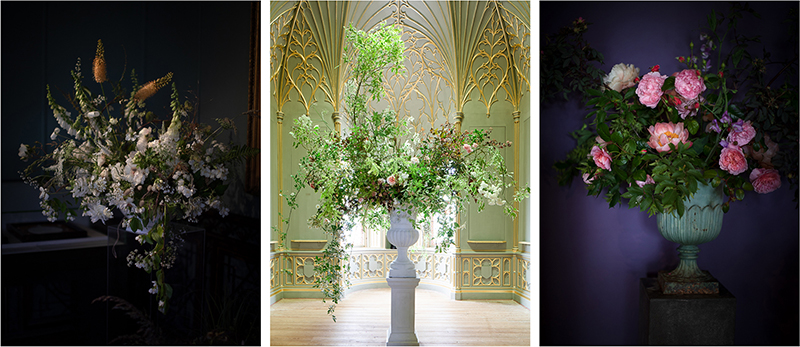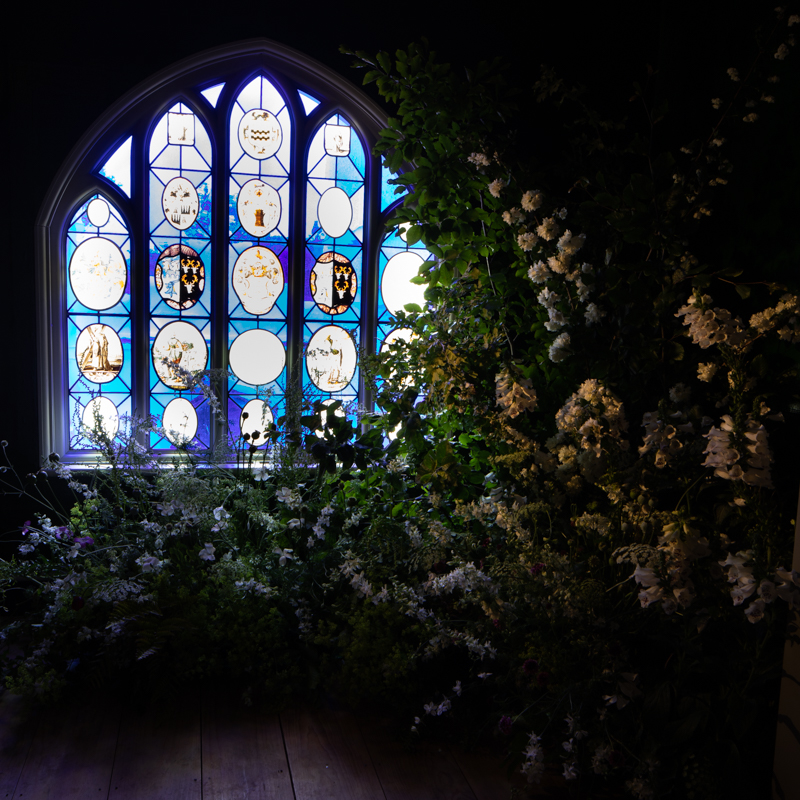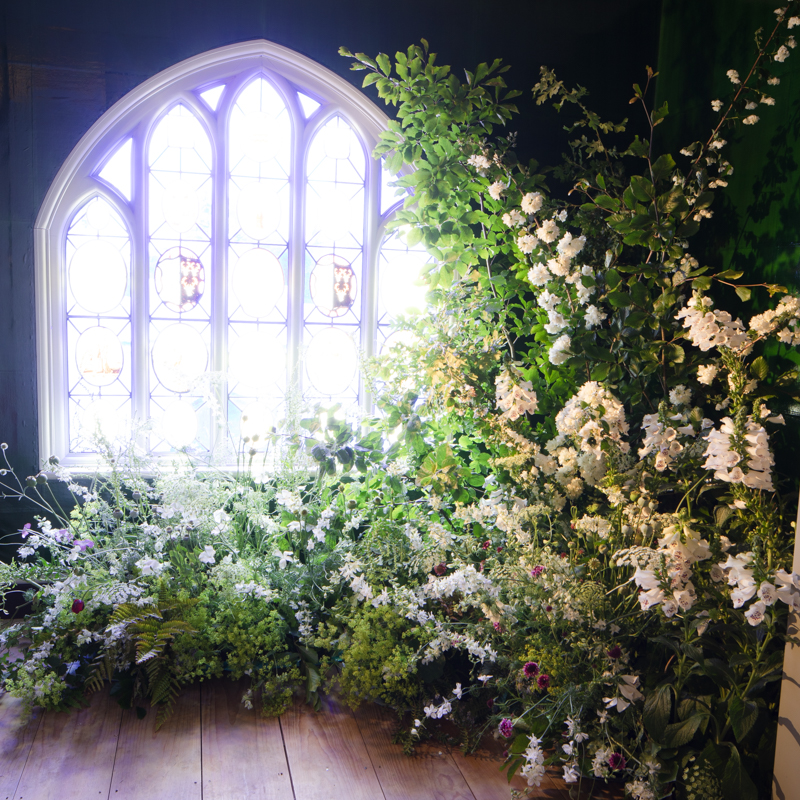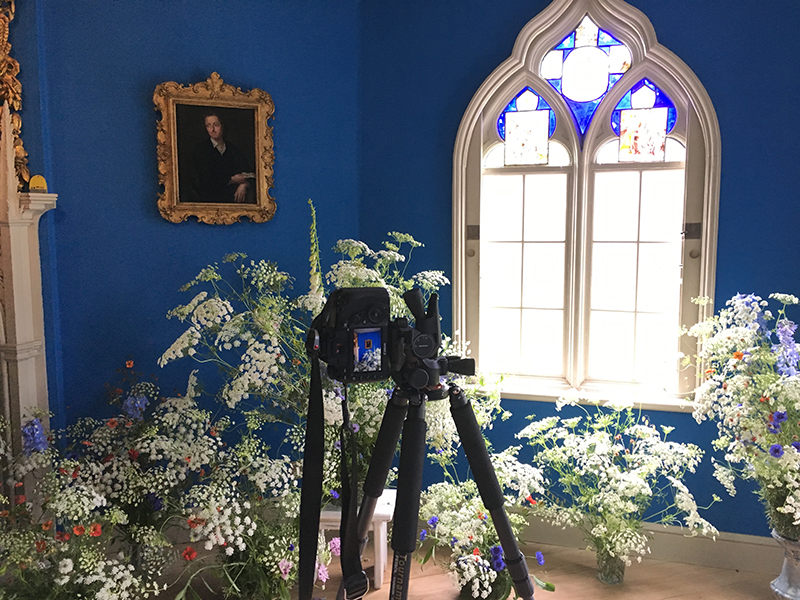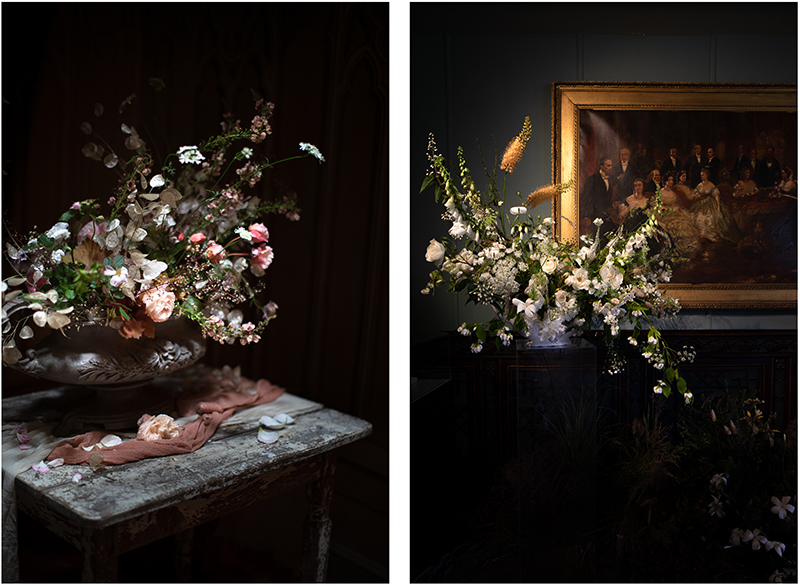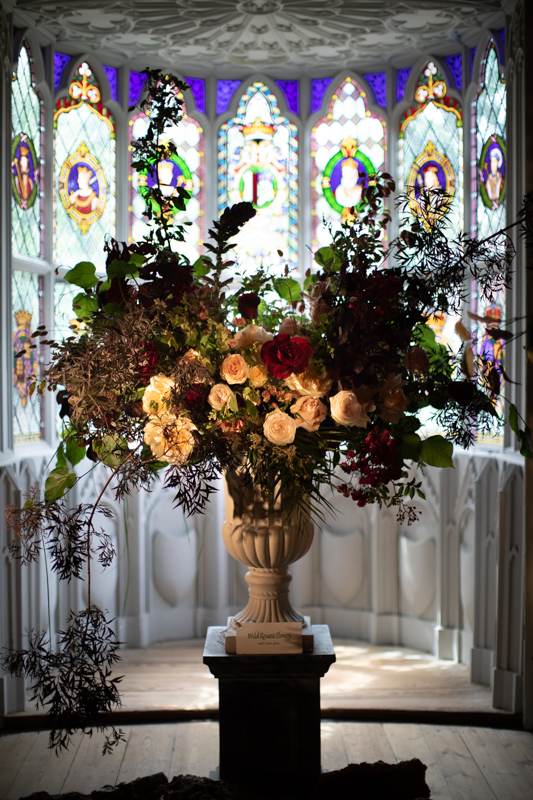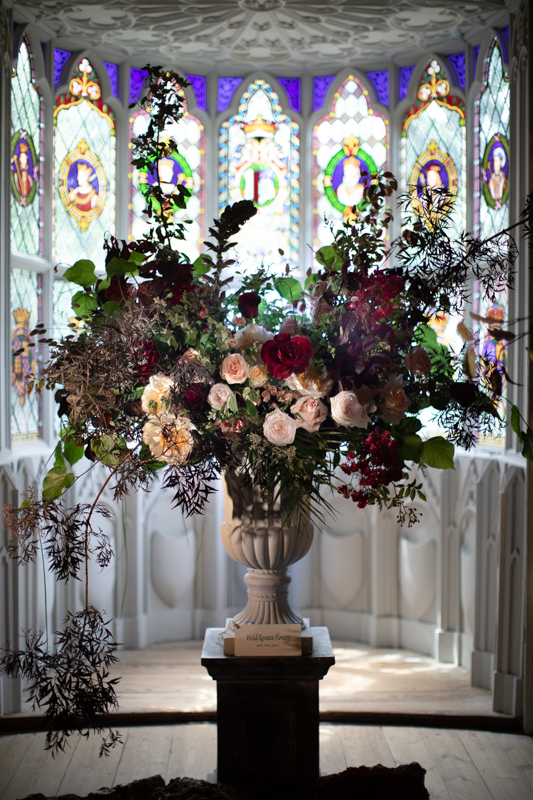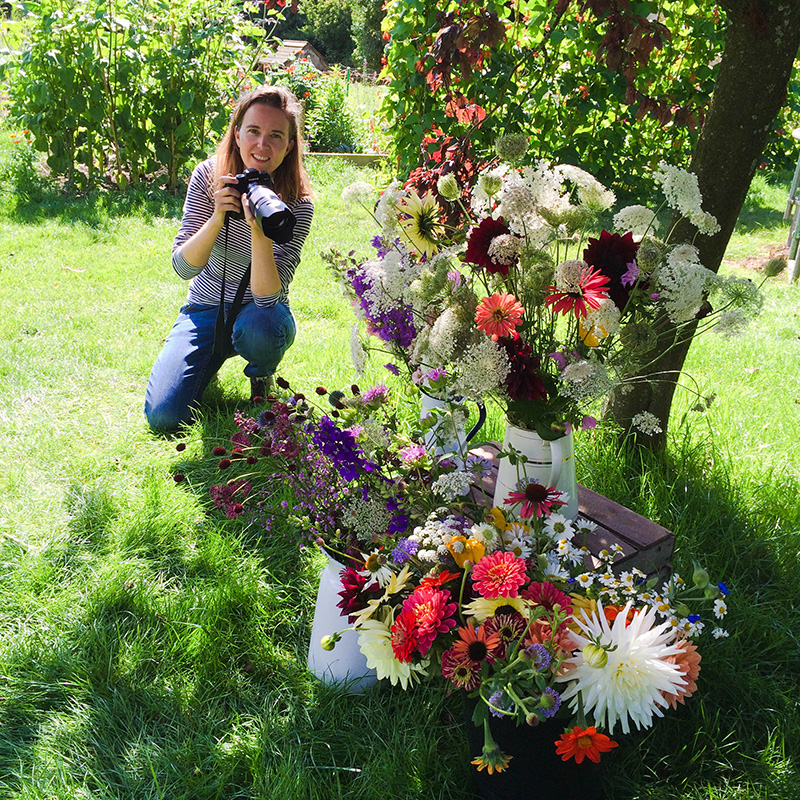Photographing in challenging light
Taken at the Strawberry Hill flower festival. L-R: @figandfernfloral, @mossandstonefloraldesign, @nettlewoodflowers
Shooting in museums, stately homes and other indoor spaces means doing battle with at least three light problems that will fox the unprepared photographer:
back light (shooting against a window)
it’s just too dark
mixed light temperatures (spotlights plus natural daylight)
With a bit of forward planning you can still come away with epic shots.
I took all the shots in this blog post at the Strawberry Hill flower festival (in London UK). If you need an event florist who uses locally grown flowers where possible and can work at scale without using floral foam (Oasis), please look up on Instagram any of the designers I have tagged.
1. Back-lit shots
If your subject is placed against a window and you shoot on any auto exposure mode, the camera will be fooled. The light from the window will influence the exposure too much and your whole shot will be too dark (but at least the window will be correctly exposed).
The first shot below is correctly exposed for the window. The second is correctly exposed for the flowers. Left to its own devices the camera will make a darker shot:
If you want to preserve some detail in the windows you have two options: first, add light to the flowers (flash or a massive reflector) or second do a High Dynamic Range (“HDR”) merge. Shooting this enormous arrangement would have needed a huge amount of added light so I chose to do an HDR merge. To do this, take three shots at three different exposures and merge them using Lightroom. It’s essential your camera doesn’t move between shots (use a tripod):
Your other option is simply to overexpose the shot and let the window blow out to pure white. This detail is +3 stops over the camera’s metered exposure:
2. Too dark
Camera’s can’t work magic. At some point there simply won’t be enough light to register on the sensor and make a photo. To work around this you need to have a solid understanding of the exposure triangle, and the way aperture, shutter speed and ISO work together to create an exposure.
If you need help with the exposure triangle and shooting in manual mode, join my beginner’s photography workshop (free by email, work at your own pace or with a group):
If you can use a tripod and your subject isn’t moving, this is the best option (because you don’t sacrifice your ISO or your depth of field):
Flowers don’t move. And as long as no-one is walking past (and wafting the blooms) you can use any shutter speed at all. I was working with 20-30 seconds, ISO 100 and aperture f11. This room was styled by @Jannelford
Don’t fight the darkness. You will never create light, airy shots in a dark, wood-panelled room. Embrace the gloom:
Left: @firenzaflowers Right: @figandfernfloral
If your subject is moving, or you can’t use a tripod, then you must keep your shutter speed to at least 1/60th second (or whatever you can handhold your camera at without blur). In the dark this means using a very wide-open aperture (small number eg. f2.8 as opposed to f16), and/or using a higher ISO (at least 400, possible up to 8000 or higher - but you will lose image quality once you go over 400).
I enjoyed shooting without a tripod and wide-open at f1.2 (note the very shallow depth of field):
3. Mixed light temperatures
If you mix daylight with artificial light, you will get one side of your shot blue and the other yellow. There is nothing you can do about this except put a daylight modifier over the indoor light, switch it off or fix it in editing.
In this shot the main light source is natural (blue) window light. But the flowers are lit from the left with a yellow tungsten spotlight which creates a warm/cold mismatch in the shot (left). On the right-hand shot I have used Lightroom to cool the yellow central area and create a more cohesive shot.
Learn to shoot off auto mode
Join Emma’s beginner’s workshop, A Year With My Camera, and get off auto mode in 4 weeks. The email version is free, and it starts on the first Thursday of every month (except August & December):

